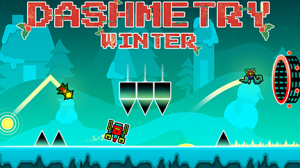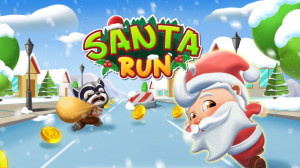How to Master Double and Triple Spike Jumps
July 07, 2025
In Geometry Dash, few obstacles are as dreaded—or as iconic—as the double and triple spike jump. These tightly placed spike patterns are responsible for more failed attempts than nearly any other challenge. While they appear simple, mastering them requires a combination of pixel-perfect timing, rhythm-based focus, and structured practice.
Unlike other hazards that rely on visual misdirection or portal confusion, spike jumps punish poor tap control and inconsistent positioning. But once you understand their mechanics and apply specific strategies, you can turn these frustrating sequences into manageable parts of any level.
This guide breaks down what causes most players to fail and how you can approach double and triple spikes with a consistent, confident technique.

Key Techniques That Work Every Time
It’s easy to panic when a cluster of spikes approaches, especially in high-speed levels. However, these jumps are more about control than reflex. There are two key methods all advanced players rely on.
Edge Timing is Non-Negotiable
The most reliable way to clear double and triple spikes is to jump from the very edge of the last safe block before the spike set begins. Jumping too early causes a short arc that clips the tip of the first spike. Too late, and you either miss your jump or land into the spike base.
Visual cues help. Train your eyes to spot the last few pixels before a platform ends and time your jump from there. Levels like Geometry Dash Down Bass provide multiple chances to practice this because they repeat spike patterns in rhythmic sequences. The level design supports consistent timing, making it ideal for practicing edge jumps until they become muscle memory.
Tap Buffering for Predictable Timing
Geometry Dash has a built-in buffer system for jump inputs. If you tap slightly before you land—or hold your tap a split-second before touching the ground—the game queues the jump and activates it on the first legal frame.
This technique eliminates the guesswork from fast spike sections. You’re not reacting as much as you are rhythmically controlling your inputs. In fact, most top players rely heavily on buffering in fast-paced segments where precise reactivity isn’t humanly possible.
The tap should be light, controlled, and deliberate. Holding too long may lead to over-jumping, especially in gravity-altered areas, while tapping too short may result in missed inputs.
Effective Training Methods for Spike Mastery
You don’t need to replay entire levels to get better at spike jumps. You need focused repetition and a way to isolate the skill.
Practice with Purpose
In Practice Mode, set checkpoints directly before spike clusters. Run them repeatedly and aim to clear the section five times in a row before moving on. This helps your mind lock in the timing pattern and minimizes randomness.
Additionally, you can use simpler games like Monkey Mart to warm up your jump rhythm. While not a Geometry Dash level, its steady pacing and predictable terrain help players reset their hand timing and improve input consistency.
To make practice more efficient and structured, follow these tips:
Use levels with repeated spike sequences to build rhythm
Pause and analyze jump angles after each failed attempt
Train both with music and in silence to improve timing versatility
Increase your success target from 5 to 10 consecutive clears
Use soft taps instead of hard presses to maintain control
Practicing on different level speeds is also important. Triple spikes at x1 speed feel very different from those at x2. Always practice at the speed where you struggle most.
Learn More Beyond the Basics
Even after mastering edge jumps and tap buffering, there are still variations to study. Some levels use deceptive terrain that alters your angle just before a jump, while others mix in fake spikes or color-blended layouts to throw you off.
To dive deeper into spike techniques and other mechanics, check out the Geometry Dash tips archive on geometrydash2.io/blog. This resource breaks down real user experiences and practical insights into beating hard sections, including community discoveries and creator design logic.
Analyzing levels through blogs or walkthroughs can help you better understand common patterns in triple spike placements, especially in user-generated content. It’s not just about reflexes—it’s about recognizing level logic and repeating success.
Final Thoughts
Double and triple spike jumps are one of the core barriers that separate beginner players from advanced ones in Geometry Dash. The difference between crashing or clearing them usually comes down to jump position and input timing.
By mastering edge jumping and tap buffering, and reinforcing these habits through structured practice, you build consistency. It may take time, but the improvement is measurable—and the payoff is massive. What once felt impossible becomes automatic.
Geometry Dash doesn’t reward panic. It rewards control. And once these spike jumps become second nature, you’ll find yourself flying through levels you previously feared—with confidence, rhythm, and flow.
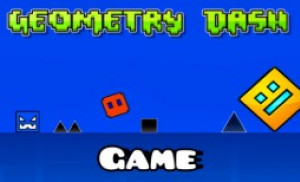
August 23, 2025
Geometry Dash vs Geometry Dash Lite: What’s the Difference
Curious about the difference between Geometry Dash and Geometry Dash Lite? Discover how the free version stacks up against the full game, including levels, features

June 24, 2025
Best Control Setup for Serious Geometry Dash Players
Looking to improve in Geometry Dash? Discover the best control setup for PC and mobile, with expert tips to reduce input lag, boost consistency, and play like a pro.
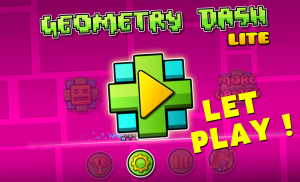
July 23, 2025
How to Safely Get Geometry Dash on PC for Free
Looking to play Geometry Dash on PC for free? Discover safe browser-based alternatives, why to avoid sketchy downloads, and how to enjoy the game without risking your system.
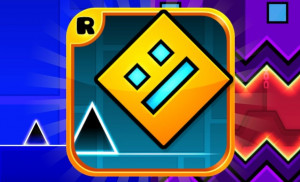
July 28, 2025
How to Get the Full Version of Geometry Dash for Free — Truth & Safe Options
Looking for a free way to play Geometry Dash? Learn how to explore the game legally with free versions and safe browser alternatives—without risking your device or breaking the rules.

August 15, 2025
The Ultimate 2025 Geometry Dash Guide: From Beginner to Demon-Level P
Master Geometry Dash in 2025 with pro tips, music sync tricks, and Demon-level strategies using maps like Icy Dash, Dunk Dash, and Dashmetry.

June 23, 2025
Essential Tips Every Geometry Dash Player Should Know
Geometry Dash is a high-speed rhythm-based platformer that challenges players to jump, fly, and flip through dangerous passages and spiky obstacles—all perfectly timed to energetic music.
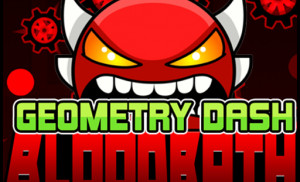
July 01, 2025
Best Jump Timing Tricks to Avoid Deaths in Geometry Dash
Tired of dying mid-jump in Geometry Dash? Discover essential jump timing tricks to avoid deaths, from buffered inputs to tap control. Level up your runs with smarter gameplay.

September 06, 2025
How to Download Geometry Dash
Discover how to download Geometry Dash safely on mobile or PC. Learn the best platforms to use, avoid risky sites, and start playing today.

August 09, 2025
How to Get the Master Emblem in Geometry Dash
Learn how to earn the Master Emblem in Geometry Dash with tips on beating hard levels, collecting orbs, and mastering achievements.

September 12, 2025
Secrets to Survive Triple Spikes Every Time
Struggling with triple spikes in Geometry Dash? Learn timing tricks, rhythm hacks, and practice tips to survive them every time.

September 27, 2025
How to Get Diamonds in Geometry Dash
Learn how to collect diamonds in Geometry Dash with simple tricks, daily quests, and small adjustments that make the grind smoother.
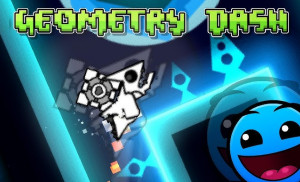
July 17, 2025
The Most Addictive Geometry Dash Levels (And Why You Keep Coming Back)
Certain Geometry Dash levels are hard to quit. Learn why some stages become instant favorites, and why you keep coming back for just one more run.

June 23, 2025
5 Mistakes Beginners Make in Geometry Dash (And How to Avoid Them)
New to Geometry Dash? Discover 5 beginner mistakes you should avoid—plus actionable tips to improve faster with rhythm, timing, and smart practice.
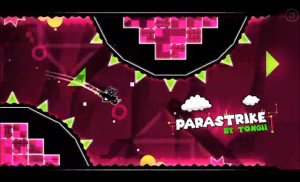
June 23, 2025
How to Train Your Reflexes for Geometry Dash
Train your reflexes for Geometry Dash with expert tips on Practice Mode, rhythm syncing, reaction drills, and mental focus. Improve timing and gameplay now!
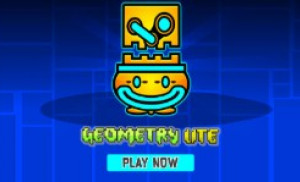
August 15, 2025
Habits That Make You Better at Geometry Dash Without You Even Noticing
Small habits in Geometry Dash—timing jumps, staying calm, bouncing back—add up over time, turning tough levels into easy warm-ups

July 02, 2025
Hidden Tricks in Official Geometry Dash Levels
Think Geometry Dash is all about reflexes? Discover hidden tricks in official levels—like skippable pads, fake spikes, and secret routes—to outsmart the game and improve faster.

August 29, 2025
Geometry Dash: How to Beat Levels Without Practice Mod
Struggling to clear Geometry Dash without practice mode? Learn simple tricks, timing strategies, and focus tips to beat tough levels.
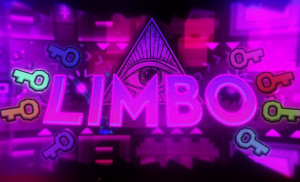
July 10, 2025
Most Common Beginner Traps in Geometry Dash (And How to Avoid Them)
New to Geometry Dash? Discover the most common beginner traps—like overjumping and misleading portals—and learn how to avoid them with smart habits and high-level strategy.
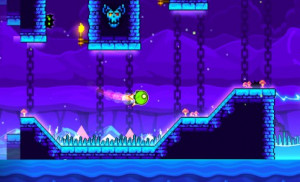
September 19, 2025
Geometry Dash: Small Adjustments That Make a Big Difference
Discover small tweaks in Geometry Dash that improve timing, rhythm, and consistency, helping you beat tough levels with less frustration.

June 24, 2025
Geometry Dash: The Secret to Beating Hard Levels Consistently
Struggling with tough Geometry Dash levels? Learn how to beat hard stages consistently with expert techniques: section training, setup tips, mental focus, and official game insights.

